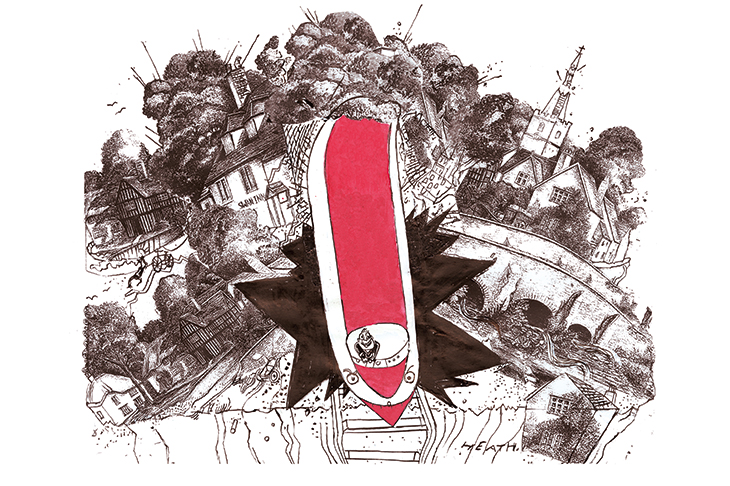Just 48 hours before the conclusion of the Conservative leadership contest, Allan Cook, chairman of HS2, wrote to the government to confess that the costs of the project could rise from the current projection of £56 billion to as much as £86 billion. Given that Boris had already announced that he is to review the project, it was pretty much akin to a condemned prisoner writing a letter of confession.
Already a subscriber? Log in
Subscribe for just $2 a week
Try a month of The Spectator Australia absolutely free and without commitment. Not only that but – if you choose to continue – you’ll pay just $2 a week for your first year.
- Unlimited access to spectator.com.au and app
- The weekly edition on the Spectator Australia app
- Spectator podcasts and newsletters
- Full access to spectator.co.uk
Or
Unlock this article
You might disagree with half of it, but you’ll enjoy reading all of it. Try your first month for free, then just $2 a week for the remainder of your first year.















Comments
Don't miss out
Join the conversation with other Spectator Australia readers. Subscribe to leave a comment.
SUBSCRIBEAlready a subscriber? Log in